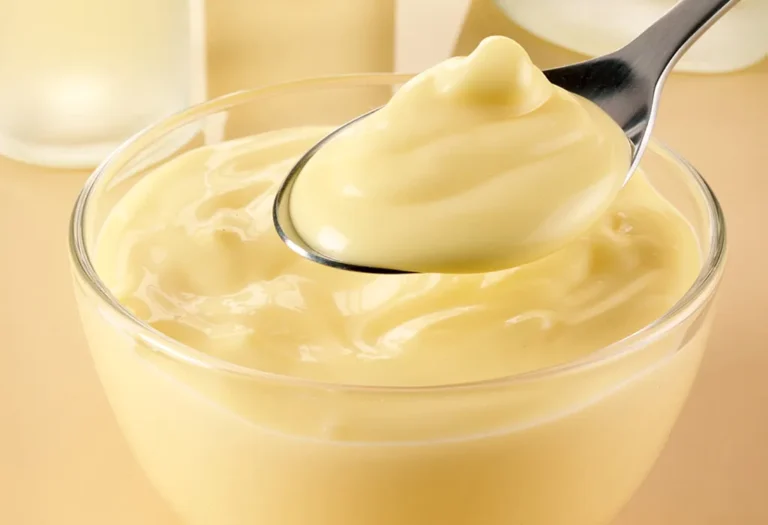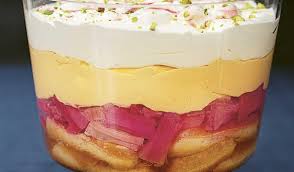The Best Fluffy Pancakes recipe you will fall in love with. Full of tips and tricks to help you make the best pancakes.
The Art of Perfect Custard: A Comprehensive Guide

Introduction Imagine the luscious aroma of vanilla-scented custard cascading over a delightful serving of apple crumble, sticky toffee pudding, or jam sponge. The allure of this classic dessert companion is undeniable. In this comprehensive guide, we’ll delve into the world…





